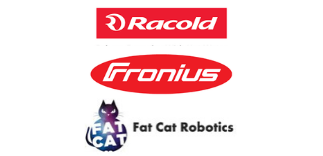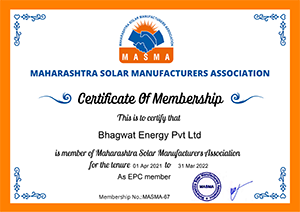Introduction:
In recent years, solar power has emerged as a pivotal player in the global energy landscape, providing a clean and sustainable alternative to traditional fossil fuels. As the demand for renewable energy continues to surge, researchers and engineers are tirelessly working on innovations to enhance the efficiency and performance of solar power plants. This article explores some of the cutting-edge advancements propelling solar energy into a new era of productivity.
Next-Generation Photovoltaic Technologies:
One of the key areas of innovation lies in the development of advanced photovoltaic (PV) technologies. Traditional silicon-based solar cells are now being challenged by thin-film technologies, such as perovskite and cadmium telluride. Perovskite solar cells, in particular, have shown remarkable promise, offering higher efficiency levels and lower production costs. Researchers continually refine these materials to make them more stable and durable for large-scale deployment.
Bifacial Solar Panels:
Bifacial solar panels represent a breakthrough in solar technology by capturing sunlight from both the front and rear sides of the panel. This design allows these panels to generate electricity not only from direct sunlight but also from reflected sunlight off nearby surfaces, such as the ground or buildings. By maximizing energy capture, bifacial solar panels significantly boost overall power output, making them an attractive option for solar power plants aiming to increase efficiency.
Smart Solar Tracking Systems:
Solar tracking systems have been used to follow the sun's path across the sky, optimizing energy capture throughout the day. Recent innovations in smart solar tracking systems utilize artificial intelligence and sensors to enhance precision and efficiency. These systems can adjust the tilt and orientation of solar panels in real-time, ensuring that they are always positioned optimally to receive the maximum amount of sunlight. This innovation enhances overall energy yield and system performance.
Energy Storage Solutions:
Efficient energy storage is crucial for overcoming the intermittent nature of solar power generation. Advancements in battery technologies, such as lithium-ion batteries and flow batteries, are playing a pivotal role in storing excess energy generated during peak sunlight hours. These energy storage solutions enable solar power plants to provide a consistent and reliable power supply, even during periods of low sunlight or at night, contributing to the stability of the electrical grid.
Floating Solar Farms:
Traditional ground-mounted solar farms take up valuable land space. Floating solar farms, however, utilize bodies of water, such as reservoirs and ponds, to house solar panels. Besides conserving land, these floating solar farms benefit from the cooling effect of the water, which can enhance the efficiency of the solar panels. Additionally, they reduce evaporation from water surfaces, providing a dual benefit of energy production and water conservation.
Solar-Integrated Architecture:
Innovations are not limited to the solar panels themselves; architects and designers are incorporating solar technologies into buildings and infrastructure. Building-integrated photovoltaics (BIPV) and solar windows are becoming more common, seamlessly integrating solar power generation into the built environment. This integration not only maximizes energy production but also contributes to sustainable and aesthetically pleasing urban design.
Conclusion:
As the world transitions towards a more sustainable energy future, innovations in solar power plant technologies are instrumental in driving the efficiency and performance of solar energy systems. From advanced photovoltaic materials to smart tracking systems and creative integration into our surroundings, these innovations propel solar power into new realms of possibility. With ongoing research and development, the solar industry is poised to play an increasingly prominent role in meeting the global demand for clean and renewable energy.




